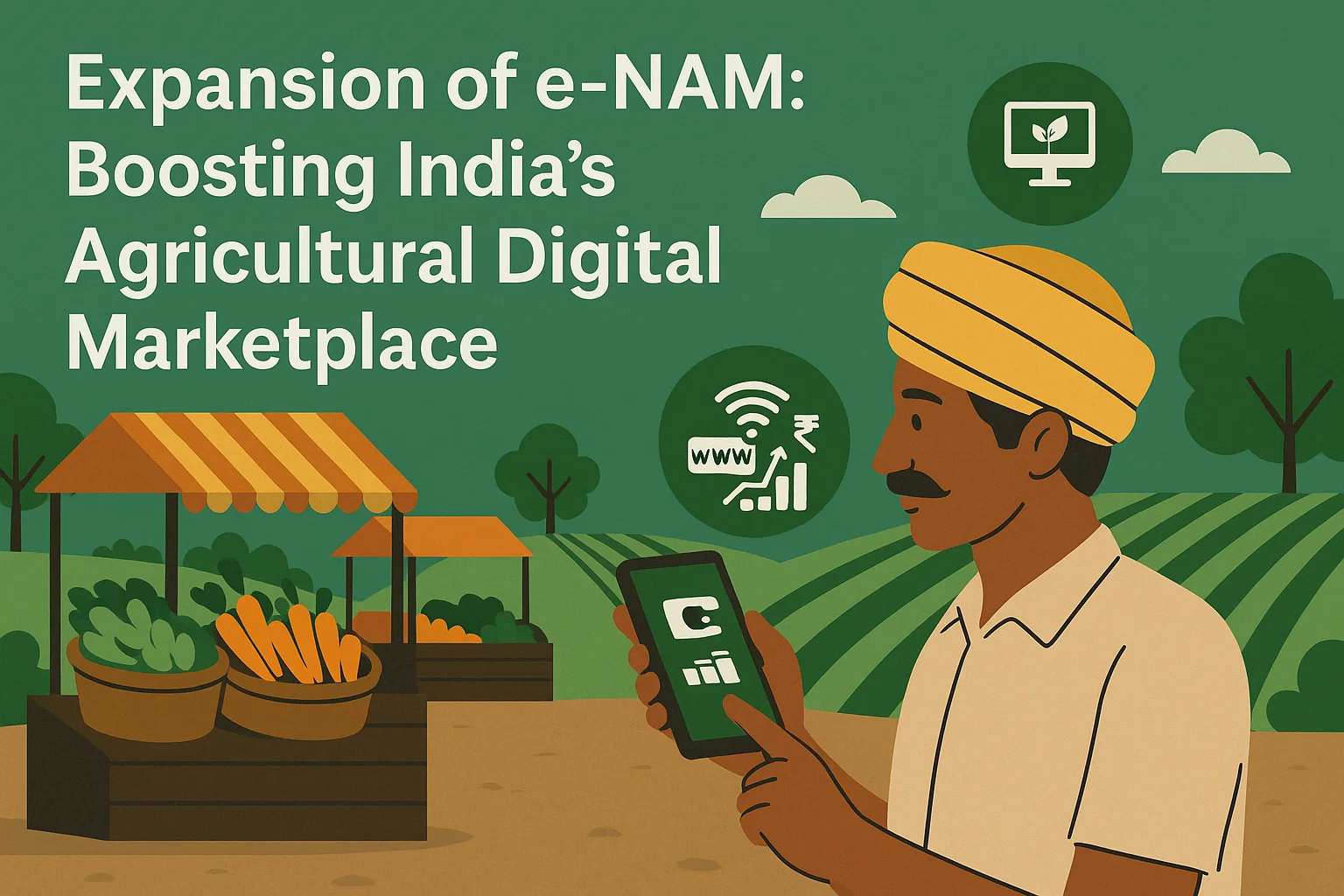Font size:
Print
Government Launches Forest Rights Act (FRA) Cells
In forest rights push, Centre sanctions over 300 FRA cells to ‘facilitate’ implementation
Context: In a notable shift from past policy, the Union Government has initiated direct involvement in the implementation of the Forest Rights Act (FRA), 2006 by setting up structural mechanisms at both district and state levels. The initiative is part of the Dharti Aba Janjatiya Gram Utkarsh Abhiyaan (DAJGUA).
Historical Context
- FRA Implementation Till Now: For 19 years, implementation was entirely under the domain of State/UT governments. Union Ministry of Tribal Affairs only issued advisories, funded trainings, and compiled progress data.
- New Central Role: For the first time, the Centre is funding operational FRA structures directly, marking a policy shift. This signifies a departure from the previous hands-off approach in which the Centre only “exhorted” States to act.
Forest Rights Act (FRA), 2006
- Officially known as the Scheduled Tribes(ST) and Other Traditional Forest Dwellers (Recognition of Forest Rights) Act, recognises the rights of Scheduled Tribes and other traditional forest dwellers over forest land and resources.
Key Features
- Recognition of Forest Rights – Grants legal rights to Scheduled Tribes and other traditional forest dwellers over forest land they have been residing in for generations.
- Individual and Community Rights – Includes rights to land for habitation, self-cultivation, access to minor forest produce, and conservation of community forest resources.
- Empowerment of Gram Sabhas – Local self-governance bodies play a crucial role in verifying and approving forest rights claims.
- Protection Against Eviction – Prevents displacement of forest dwellers without proper recognition of their rights.
- Sustainable Forest Management – Encourages conservation while ensuring livelihood security for forest-dependent communities.
What is DAJGUA?
- The Dharti Aaba Janjatiya Gram Utkarsh Abhiyan (DAJGUA) is a comprehensive initiative launched by the Government of India to drive inclusive and sustainable development in tribal regions.
- DAJGUA brings together 25 interventions from 17 Central ministries to accelerate development in over 68,000 tribal-dominated villages. One of its key components is to expedite pending FRA claims, especially those delayed despite DLC approvals.
- According to a March 2025 progress report, 14.45% of the 51.11 lakh FRA claims across 21 States and Union Territories remain pending. Among the 43 lakh disposed claims, more than 42% have been rejected.
What Are FRA Cells?
- FRA Cells are newly established Forest Rights Act (FRA) facilitation units sanctioned by the Union Ministry of Tribal Affairs under the DAJGUA.
- As part of DAJGUA, the Union government has sanctioned 324 district-level FRA cells across 18 States and UTs, and State-level FRA cells in 17 of these regions.
- These cells are expected to serve as facilitators, helping individuals and Gram Sabhas prepare their claims and manage data, rather than functioning as decision-making bodies.
Geographical Coverage
- The establishment of these cells has been widespread, with notable distribution across the following States:
- The highest number of FRA cells has been sanctioned in Madhya Pradesh (55), followed by Chhattisgarh (30), Telangana (29), Maharashtra (26), Assam (25), and Jharkhand (24).
- Notably, Assam and Telangana have some of the highest pendency rates — over 60% and 50.27%, respectively — while States like Chhattisgarh, Madhya Pradesh, Maharashtra, and Jharkhand have significantly lower pendency.
Structure and Functions of FRA Cells
- As per the DAJGUA guidelines, these cells are to operate under the supervision of State Tribal Welfare Departments and district administrations, helping claimants and Gram Sabhas with:
- Paperwork preparation for claims, including evidence collection and Gram Sabha resolutions.
- Conversion of forest and un-surveyed habitations into revenue villages.
- Demarcation of forest land already vested to claimants.
- Digitisation of records and updating government portals.
- The government has clarified that these FRA cells will not interfere with the decisions made by the Gram Sabha, Sub-Divisional Level Committees (SDLCs), District Level Committees (DLCs), or State departments designated under the FRA.
Central Funding and Administrative Shift
- FRA cells are funded by the Centre through Grants-in-aid General.
- Sanction orders reviewed in States like Assam, Himachal Pradesh, and Odisha confirm this central funding.
- Budget allocation:
- ₹8.67 lakh for each district-level FRA cell.
- ₹25.85 lakh for each State-level FRA cell.
- Although funded centrally, the cells operate under State government machinery, primarily directed by State Tribal Welfare Departments and district administrations.
Subscribe to our Youtube Channel for more Valuable Content – TheStudyias
Download the App to Subscribe to our Courses – Thestudyias
The Source’s Authority and Ownership of the Article is Claimed By THE STUDY IAS BY MANIKANT SINGH



